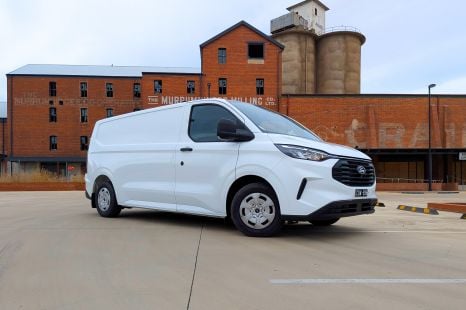

William Stopford
3 Days Ago
Formula E and the FIA have teased the upcoming Gen3 Formula E racer that's said to be smaller, lighter and faster than the current Gen2 racer.

Contributor


Contributor
Formula E and the Federation Internationale de l’Autombile (FIA) have teased the upcoming third-generation Formula E all-electric racing car set to compete in the ninth season of the ABB FIA Formula E World Championship.
Presented to a group of Formula E manufacturers, teams, drivers and partners, the FIA President described the racer as “a machine created at the intersection of high performance, efficiency and sustainability”.
The Gen3 Formula E racer will be the first formula car to have powertrains on both the front and rear axles, with the front electric motor producing 250kW of power and the rear producing 350kW. Total system output is a claimed 350kW.

According to the FIA, this doubles the regenerative braking capability of the existing Gen2 racer to a total of 600kW.
Quoted as the “world’s most efficient racing car”, drivers of the Gen3 racers will be able to recover “at least” 40 per cent of the energy used within a race thanks to its regenerative braking system.
This regenerative braking system is so powerful that the Gen3 racer won’t have any rear hydraulic brakes at all.
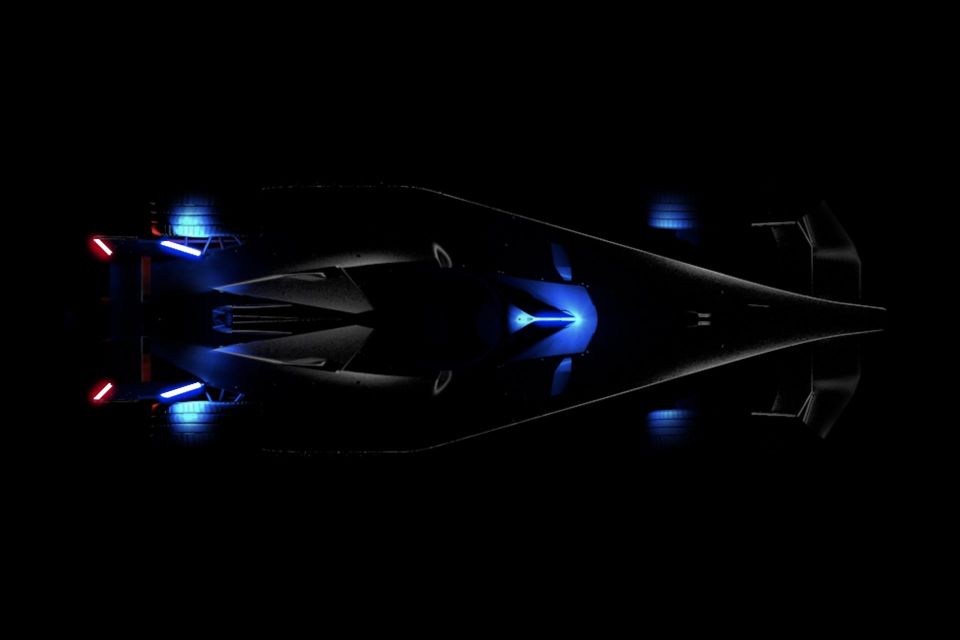
If this technology becomes more mainstream it could see more road-going vehicles go without rear hydraulic brakes in favour for more powerful regenerative braking systems.
Ever more electric vehicles offer one-pedal driving that can slow the vehicle without the driver touching the brake pedal.
The Formula E Gen3 racer’s electric motor set-up is capable of a top speed of 320km/h and has a power-to-weight ratio billed as being twice as efficient as an equivalent 350kW internal-combustion engine (ICE).
Although the racing body doesn’t list any figures, it says the Gen3 racer will be lighter and smaller than the outgoing Gen2 racer that’ll “enable faster, more agile wheel-to-wheel racing”.

Shown in three shady teaser images, the Formula E Gen3 racer is “inspired by the aero-efficient delta wing of a fighter jet”.
It’s hard to make out anything in the images apart from the fact it has a silhouette synonymous of a formula racing car.
Racing teams are expected to receive their Gen3 racers in the European spring (March to June) in 2022.
Currently there are 11 teams, with 22 cars and 22 drivers in the Formula E racing series.
Pre-season testing is currently underway for Season 8 of the racing series with road-car manufacturers such as DS Automobiles, Mahindra, Mercedes-Benz, Nissan, Jaguar and Porsche all backing a team.
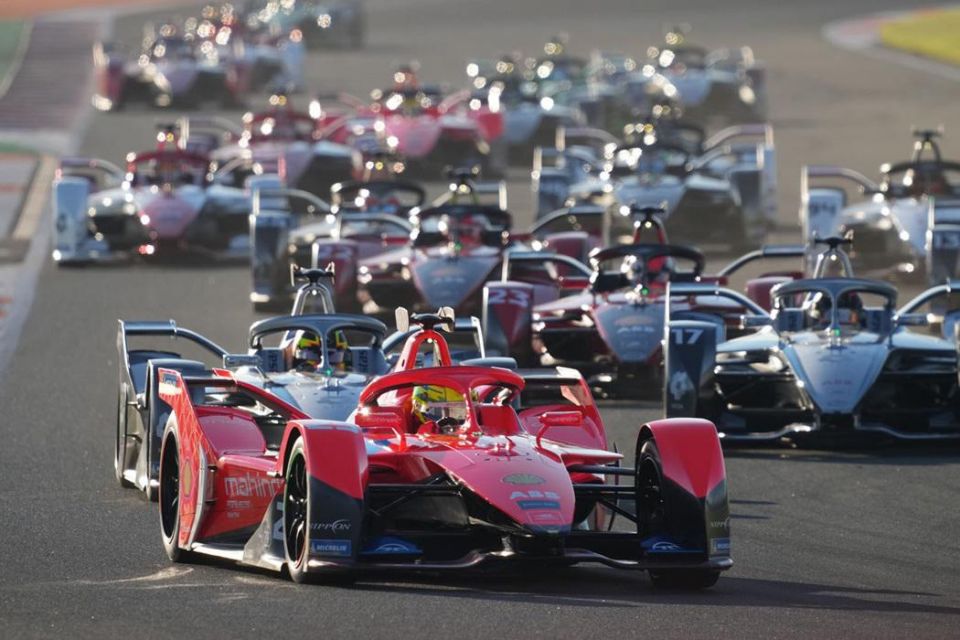
Every ‘E-Prix’ race lasts 45 minutes, with the leader of the race starting the final lap after the 45 minute timer elapses.
There are a number of advantages available to drivers, such as ‘Attack Mode’ and ‘Fan Boost’ that allow them to gain a power boost for a period of time.
All Formula E racing teams are supplied with Michelin all-weather tyres and drivers can’t use more than four new rear and four new front tyres each event.
Charging the Formula E racer is also forbidden during qualifying and the ‘E-Prix’, as well as through scrutineering and parc fermé. Teams can only charge the racers inbetween sessions and during practice.
Jack Quick is an automotive journalist based in Melbourne. Jack studied journalism and photography at Deakin University in Burwood, and previously represented the university in dance nationally. In his spare time, he loves to pump Charli XCX and play a bit of Grand Theft Auto. He’s also the proud owner of a blue, manual 2020 Suzuki Jimny.


William Stopford
3 Days Ago
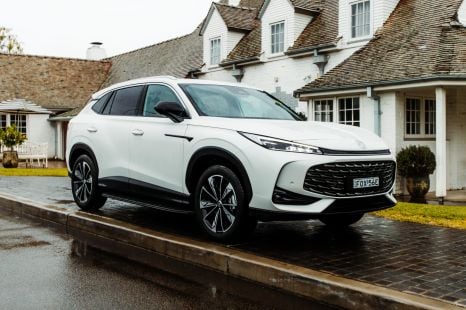

James Wong
2 Days Ago
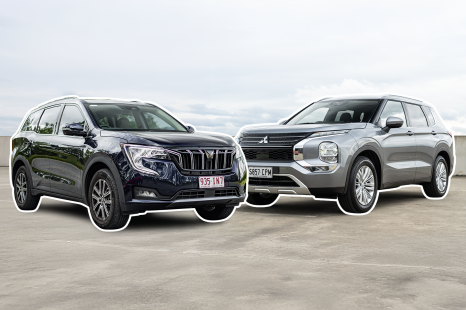

Andrew Maclean
1 Day Ago


Max Davies
23 Hours Ago


Josh Nevett
19 Hours Ago
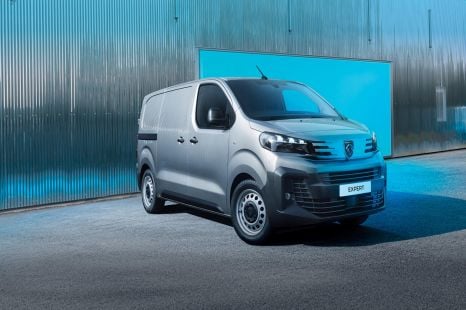

Damion Smy
17 Hours Ago